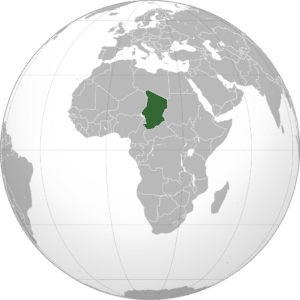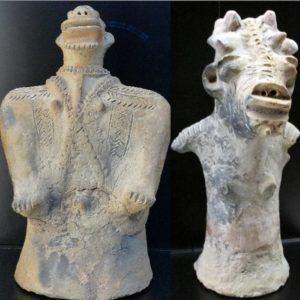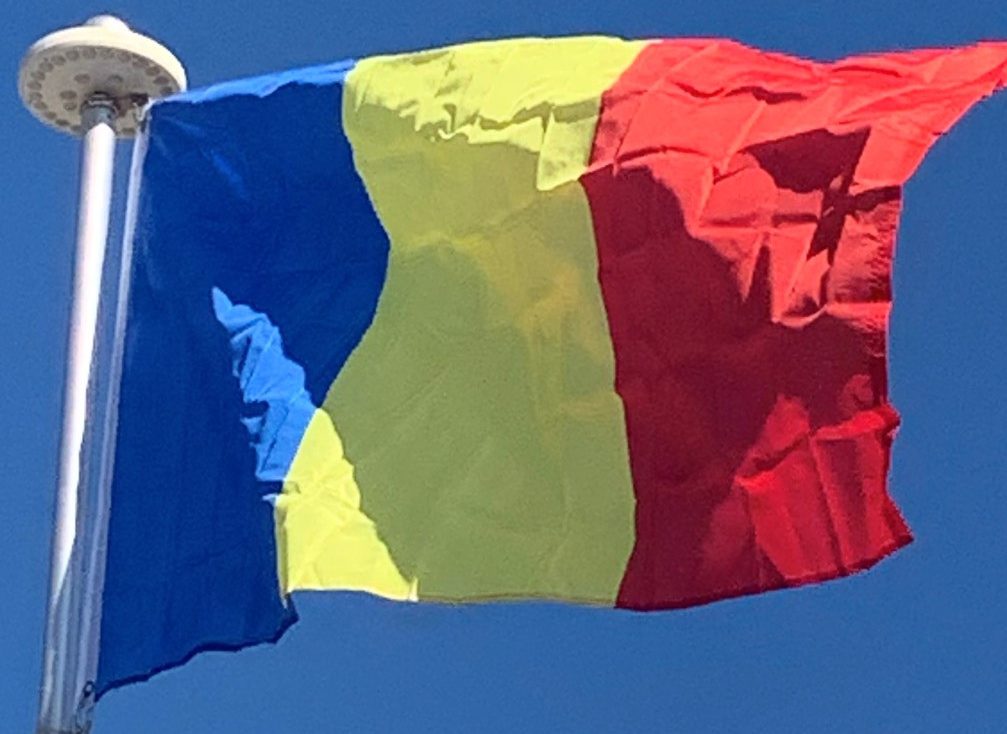Introduction:
Chad, officially known as the Republic of Chad, is a landlocked country in north-central Africa. It is bordered by Libya to the north, Sudan to the east, the Central African Republic to the south, Cameroon and Nigeria to the southwest, and Niger to the west.
Chad has several regions: a desert zone in the north, an arid Sahelian belt in the center and a more fertile Sudanian Savanna zone in the south. Lake Chad, after which the country is named, is the largest wetland in Chad and the second-largest in Africa. The capital N’Djamena is the largest city. Chad’s official languages are Arabic and French. Chad is home to over 200 different ethnic and linguistic groups. The most popular religion of Chad is Islam (at 55%), followed by Christianity (at 40%).

Beginning in the 7th millennium BC, human populations moved into the Chadian basin in great numbers. By the end of the 1st millennium AD, a series of states and empires had risen and fallen in Chad’s Sahelian strip, each focused on controlling the trans-Saharan trade routes that passed through the region.
France conquered the territory by 1920 and incorporated it as part of French Equatorial Africa. In 1960, Chad obtained independence under the leadership of François Tombalbaye. Resentment towards his policies in the Muslim north culminated in the eruption of a long-lasting civil war in 1965. In 1979 the rebels conquered the capital and put an end to the South’s hegemony. But, the rebel commanders fought among themselves until Hissène Habré defeated his rivals. He was overthrown in turn in 1990 by his general Idriss Déby. Since 2003 the Darfur crisis in Sudan has spilt over the border and destabilised the nation. Poor already, the nation and people struggled to accommodate the hundreds of thousands of Sudanese refugees who live in and around camps in eastern Chad.
While many political parties are active, power lies firmly in the hands of President Déby and his political party, the Patriotic Salvation Movement. Chad remains plagued by political violence and recurrent attempted coups d’état. Chad is one of the poorest and most corrupt countries in the world; most inhabitants live in poverty as subsistence herders and farmers. Since 2003 crude oil has become the country’s primary source of export earnings, superseding the traditional cotton industry.
History:
In the 7th millennium BCE, ecological conditions in the northern half of Chadian territory favored human settlement, and the region experienced a strong population increase. Some of the most important African archaeological sites are found in Chad, mainly in the Borkou-Ennedi-Tibesti Region; some date to earlier than 2000 BCE.
For more than 2,000 years, the Chadian Basin has been inhabited by agricultural and sedentary people. The region became a crossroads of civilizations. The earliest of these were the legendary Sao, known from artifacts and oral histories.

The Sao fell to the Kanem Empire, the first and longest-lasting of the empires that developed in Chad’s Sahelian strip by the end of the 1st millennium AD. Two other states in the region, Sultanate of Bagirmi and Wadai Empire emerged in the 16th and 17th centuries. The power of Kanem and its successors was based on control of the trans-Saharan trade routes that passed through the region. These states, at least tacitly Muslim, never extended their control to the southern grasslands except to raid for slaves. In Kanem, about a third of the population were slaves.
